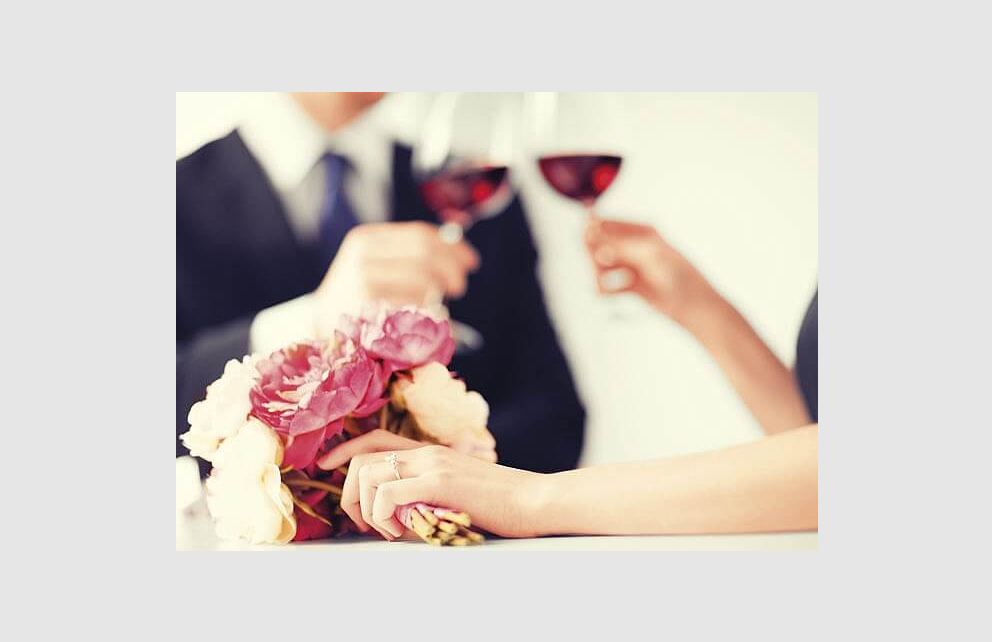
Organizing a wedding can be a time-consuming task. The bride and groom find themselves in a situation where, within a given timeframe, they have to find a reception venue, flowers, a caterer, ... and wine.
The choice of wine is not the easiest part to master, and spouses often choose the easiest - and quickest - solution, trusting the caterer. Unless they hire the services of a sommelier, your caterer's core business is cooking, not tasting, and some professionals take advantage of this to increase their profit margins, without really caring about the quality of the wines.
That's why La Sommelière would like to give you a few tips to help you choose your wedding wines, so that you have the opportunity to drink wines that you have appreciated when making your selection, rather than wines that have been imposed on you.
step 1: Set a budget
Before starting your search, it's a good idea to set a budget and try to stick to it. Drinks account for up to a third of the wedding reception budget, and if you're not careful, the bill can rise very quickly. Based on the amount allocated to drinks, the next step is to find the best compromise between quality and price.
step 2: Choosing the menu
There's no point in going looking for bottles if you don't know what dishes will be served at the reception. Knowing the composition of your wedding menu will enable you to target your search by focusing on possible pairings.
At this stage, you can ask for the help of a professional - wine merchant, sommelier, winemaker - to guide you in your choices without spreading yourself too thin.
step 3: Plan quantities
Whatever the number of bottles you buy, always plan for a few extra so you don't run out of liquid on that unforgettable day. If they aren't consumed during the reception, they can always be drunk on another occasion.
As a rough guide, we recommend :
- a bottle of champagne for 4,
- a bottle of white wine for 4 or 5
- and a bottle of red wine for 5.
This number is relative, as it will also depend on the type of drinkers on your guest list: bon vivants, pregnant women, etc., and whether or not they're staying overnight.
Another little tip: people always drink more at the beginning of an evening or lunch than at the end, so plan quantities accordingly.
step 4: Selection
The ideal solution is, of course, to organize a blind tasting with the help of friends or relatives between the bride and groom, so as not to be influenced by labels or wine awards.
The most prestigious appellations are often chosen over lesser-known AOCs for reasons of image and prestige. However, it turns out that for the price of an entry-level wine from a major appellation, you can find better quality wines from smaller appellations.
step 5: Shopping
Clearly, if you prefer to buy direct, you can save money by cutting out the middleman. If you have the financial means and the time, it's well worth the effort to visit winegrowers in all regions - including Champagne. What's more, depending on the number of bottles purchased, you can benefit from a more advantageous price.
For winegrowers who offer this service, you can also buy directly from the winery, via the Internet, depending on the quantity shipped, with no delivery charges.
And for those of you who have already gone through this delicate stage, what are your tips for choosing the right wedding wine?





